

Articles
How To Store Beans And Rice
Modified: January 6, 2024
Learn the best methods for storing beans and rice to maintain freshness and prevent spoilage. Read our informative articles to keep your pantry stocked and your meals delicious.
(Many of the links in this article redirect to a specific reviewed product. Your purchase of these products through affiliate links helps to generate commission for Storables.com, at no extra cost. Learn more)
Introduction
Welcome to the world of beans and rice – two staple ingredients that have been consumed for centuries and continue to be a major part of diets worldwide. Whether you’re a fan of black beans, pinto beans, lentils, or enjoy the versatility of white rice, it’s important to know how to properly store these food items to maintain their quality and freshness.
Proper storage is essential not only to preserve the taste and texture of your beans and rice but also to ensure their nutritional value. When stored incorrectly, these ingredients can be susceptible to moisture, pests, and oxidation, leading to spoilage and a decrease in quality. By following a few simple steps and utilizing the right containers, you can extend the shelf life of your beans and rice and enjoy them for a longer period.
In this article, we will guide you through the process of storing beans and rice effectively. We will discuss the importance of proper storage, choosing the right containers, removing air and moisture, labeling and organizing, and how to check for spoilage. So, let’s dive in and learn how to store beans and rice the right way!
Key Takeaways:
- Proper storage of beans and rice is essential for preserving their flavor, nutritional value, and shelf life. Choosing the right containers, removing air and moisture, and regular inspections are key to maintaining their quality.
- Labeling and organizing stored beans and rice, along with regular inspections for spoilage, ensure easy access and freshness. Proper storage not only provides convenience but also reduces food waste and saves money in the long run.
Read more: How To Store Beans
Importance of Proper Storage
Proper storage is crucial when it comes to preserving the quality and flavor of beans and rice. Here are a few reasons why it is important to store them correctly:
1. Extended Shelf Life: Storing beans and rice properly can significantly extend their shelf life. By protecting them from moisture, light, and pests, you can prevent spoilage and ensure that they remain fresh for a longer period. This not only saves you from frequent trips to the grocery store but also helps minimize food waste.
2. Nutritional Value: Beans and rice are known for their nutritional value, including high levels of protein, fiber, vitamins, and minerals. However, improper storage conditions can cause nutrient loss. By storing them in airtight containers and avoiding exposure to heat and light, you can maintain their nutritional content and enjoy their health benefits.
3. Cost Savings: Buying beans and rice in bulk is a cost-effective option, but if not stored correctly, it can lead to money wasted. When beans and rice are exposed to moisture or pests, they can quickly become spoiled and inedible. Proper storage helps protect your investment and prevents the need for frequent repurchases.
4. Food Safety: Storing beans and rice properly is essential for food safety. When not stored correctly, these ingredients can become a breeding ground for bacteria, mold, and insects. By keeping them in clean, sealed containers and regularly inspecting for any signs of spoilage, you can ensure that the food you consume is safe and free from contaminants.
5. Convenience: Properly stored beans and rice are readily available whenever you need them. With organized storage, you can easily locate your ingredients, saving time and effort in meal preparation. By incorporating proper storage habits into your routine, you can enjoy the convenience of quick and easy access to these essential ingredients.
Now that we understand the importance of proper storage, let’s explore the different factors to consider when choosing the right containers for storing beans and rice.
Choosing the Right Containers
When it comes to storing beans and rice, selecting the appropriate containers is vital. Here are some factors to consider when choosing the right containers:
Airtightness: It is crucial to choose containers that provide an airtight seal. Oxygen and moisture can degrade the quality of your beans and rice, leading to spoilage and loss of flavor. Look for containers with tight-fitting lids or seals that prevent air and moisture from entering. This will help maintain the freshness and extend the shelf life of your ingredients.
Material: Opt for containers made from durable materials that are food-safe and resistant to moisture and pests. Glass jars, plastic containers with BPA-free labels, or stainless steel can be good choices. Avoid containers made from materials that are prone to absorbing odors or leaching chemicals into your food.
Size and Shape: Consider the quantity of beans and rice you plan to store and choose containers that can accommodate that amount comfortably. It’s often a good idea to select containers with wide openings to make it easier to scoop out the desired portion without hassle. Additionally, rectangular or square-shaped containers can help maximize space in your pantry or kitchen cabinets.
Visibility: Using transparent or semi-transparent containers allows you to easily see the contents. This helps you quickly identify the type of beans or rice you’re looking for, making meal preparation more efficient. Labeling the containers with the name and date can further enhance organization and prevent confusion.
Stackability: If you have limited storage space, consider choosing containers that can be stacked on top of each other. This optimizes space utilization and keeps your pantry or cabinets neat and organized. Just make sure that the containers are sturdy and secure when stacked to avoid accidents.
Ease of Cleaning: Select containers that are easy to clean and maintain. Look for those that are dishwasher-safe or have smooth surfaces that can be easily wiped down. Proper cleaning ensures the removal of any lingering odors, bacteria, or food particles that may impact the freshness of your beans and rice.
By considering these factors, you can choose the most suitable containers for storing your beans and rice. In the next section, we will explore the importance of removing air and moisture before storing these ingredients.
Removing Air and Moisture
Before storing beans and rice, it is essential to remove air and moisture from the containers to maintain their quality and prevent spoilage. Here are a few methods to effectively remove air and moisture:
1. Oxygen Absorbers: Oxygen absorbers are small packets that contain iron powder and are designed to remove oxygen from the container. When placed inside a container with beans or rice, they chemically react with the oxygen, creating a vacuum-like environment. This helps prevent the growth of bacteria, fungi, and pests, extending the shelf life of your ingredients. Follow the instructions on the oxygen absorber packet for the correct quantity to use based on the container size.
2. Vacuum Sealing: Vacuum sealing involves using a vacuum sealer machine to remove air from the storage bag or container. By creating an airtight seal, vacuum sealing eliminates oxygen and reduces the risk of oxidation and spoilage. This method is especially effective in preserving the freshness of beans and rice for an extended period. Make sure to follow the manufacturer’s instructions when using a vacuum sealer.
3. Freezing: Freezing beans and rice can help remove air and reduce moisture content. Before freezing, make sure that the beans and rice are completely dry to prevent ice crystals from forming. Divide them into smaller portions and place them in airtight freezer-safe bags or containers. Freezing can preserve the quality of beans and rice for up to 6 months. Thaw them at room temperature or soak them in water before cooking.
4. Silica Gel Packs: Silica gel packs, commonly found in packaging for various products, can be placed inside containers with beans and rice to absorb moisture. These packs contain beads that help create a dry environment, which inhibits the growth of mold and bacteria. Silica gel packs are an inexpensive and easy-to-use option for removing excess moisture.
5. Dry Storage: Ensure that your beans and rice are completely dry before storing them. Moisture can lead to the growth of mold, insects, and bacterial contamination. Spread the beans and rice on a clean, dry surface and let them air dry for a few hours or use a food dehydrator to remove any remaining moisture. Only store completely dry beans and rice to maintain their quality.
By employing these methods, you can effectively remove air and moisture from your storage containers, preserving the quality and flavor of your beans and rice. In the next sections, we will discuss specific guidelines for storing beans and rice separately.
Storing Beans
Beans are a versatile and nutritious ingredient that can be stored for an extended period with proper handling. Here are some guidelines for storing beans:
1. Sorting and Cleaning: Before storing beans, sort through them to remove any debris, damaged beans, or small stones. Rinse the beans thoroughly under running water to remove any dirt or dust. This helps ensure that only clean and intact beans are stored, minimizing the risk of spoilage.
2. Drying: After cleaning, it is crucial to dry the beans before storing them. Lay the beans on a clean towel or a drying rack and let them air dry completely. Ensure that there is no moisture left on the beans, as moisture can lead to the growth of mold or bacteria during storage.
3. Airtight Containers: Transfer the dried beans into airtight containers, such as glass jars or plastic containers with tight-fitting lids. This helps create a barrier against oxygen, moisture, and pests. Remember to leave some headspace in the container to accommodate any expansion that may occur due to changes in temperature.
4. Cool and Dry Environment: Store the containers of beans in a cool, dry, and dark place, away from direct sunlight or heat sources. Beans are best stored at temperatures between 50°F (10°C) and 70°F (21°C). A pantry or a kitchen cabinet is an ideal location for long-term storage.
5. Rotation: To ensure that you consume the oldest beans first, practice the first-in, first-out (FIFO) method. Label your containers with the date of storage and always use the beans that were stored earlier before moving on to the newer ones.
6. Avoiding Moisture: Beans are highly susceptible to moisture, which can cause them to spoil quickly. Keep beans away from areas with high humidity, such as the refrigerator or near the sink. Moisture can make the beans soft and promote the growth of mold or bacteria, leading to an unpleasant taste and texture.
By following these guidelines, you can effectively store beans and maintain their quality for a long time. In the next section, we will discuss the specific steps for storing rice properly.
Store beans and rice in airtight containers to keep out moisture and pests. Keep them in a cool, dark place to maintain their quality and shelf life.
Read more: How To Cook Dry Beans In A Rice Cooker
Storing Rice
Rice is a staple food that can be stored for an extended period when stored properly. Whether it’s white rice, brown rice, or wild rice, here are some guidelines for storing rice:
1. Packaging: Rice often comes in packaging that is susceptible to moisture and pests. To ensure better storage, transfer the rice to airtight containers or resealable bags. This helps protect it from air, moisture, pests, and odors, preserving its quality and flavor.
2. Dry Environment: Rice should be stored in a cool and dry environment. Avoid storing rice near the stove, dishwasher, or sink, as these areas tend to have higher humidity levels. Exposure to moisture can cause rice to become sticky or rancid over time. Aim for a storage temperature between 50°F (10°C) and 70°F (21°C).
3. Dark Place: Store rice in a dark place, away from direct sunlight. Light can speed up the degradation process and cause nutrient loss in rice. If using transparent containers, store them in a cupboard or cover them with an opaque cloth or paper bag to shield them from light.
4. Rotation: Practice the first-in, first-out (FIFO) method when using stored rice. Label the containers with the date of storage and use the older rice first to ensure freshness. This helps avoid keeping rice for too long, giving you a constant supply of fresh rice.
5. Pest Prevention: Rice can be attractive to pests, such as weevils or bugs. To prevent infestation, ensure that the rice is well-sealed in airtight containers or bags. You can also consider storing a bay leaf or a dried chili pepper with the rice, as the strong aroma can help deter pests.
6. Avoiding Direct Heat: Keep rice containers away from sources of direct heat, such as stovetops, ovens, and microwaves. Heat can accelerate the spoilage process and reduce the shelf life of rice. Instead, choose a cool and dry spot for proper storage.
7. Moisture Absorbers: Consider using moisture absorbers, such as silica gel packs, in the rice containers. These packs help absorb any residual moisture and maintain the dryness of the rice. Make sure to use food-grade moisture absorbers and replace them periodically as needed.
By following these guidelines, you can store rice properly and enjoy its freshness and quality for a longer time. Now that you know how to store both beans and rice, let’s move on to the next section and discuss the importance of labeling and organizing your stored ingredients.
Labeling and Organizing
Labeling and organizing your stored beans and rice is essential for easy identification and efficient meal preparation. Here are some tips for labeling and organizing your ingredients:
1. Clear Labels: Label each container with the type of beans or rice stored and the date of storage. Use clear and legible labels that are easy to read. This helps you quickly locate the desired ingredient and ensures that you use the oldest ones first to maintain freshness.
2. Categorize by Type: If you have multiple types of beans or rice, consider organizing them by category. For example, separate black beans from pinto beans or white rice from brown rice. This makes it easier to find the specific ingredient you need when preparing meals.
3. Storage Area: Designate a specific area in your pantry or kitchen cabinets for storing beans and rice. This helps keep them organized and ensures that they are easily accessible. Arrange them in a systematic manner, with the oldest containers at the front, for efficient rotation and usage.
4. Stackable Containers: Opt for stackable containers that help maximize the use of vertical space. This makes it easier to keep your pantry neat and organized. Ensure that the containers are sturdy and stable when stacked to prevent any accidents or spills.
5. Inventory List: Keep an inventory list of your stored beans and rice. Update it regularly to keep track of the quantity and types of ingredients you have on hand. This can help you plan meals and ensure that you use them before their expiration date.
6. Storage Labels: If using opaque containers, consider adding additional storage labels on the outside. These labels can indicate the type of beans or rice and their expiration date, making it easier to identify the contents even without opening the containers.
7. Accessibility: Arrange the containers in a way that allows easy access. Keep frequently used varieties within reach, while less frequently used ones can be placed towards the back or on higher shelves. This streamlines the cooking process and ensures that you don’t have to search for the desired ingredient for too long.
By labeling and organizing your stored beans and rice, you can easily locate and use them, saving both time and effort in meal preparation. In the next section, we will discuss how to check for spoilage and ensure the quality of your ingredients.
Checking for Spoilage
Regularly checking for spoilage is crucial to ensure the quality and safety of your stored beans and rice. Here are some steps to follow when inspecting your ingredients:
1. Visual Examination: Start by visually inspecting the beans and rice containers. Look for any signs of mold, discoloration, or unusual texture. Mold can appear as fuzzy growth or spots on the surface, while discoloration may indicate spoilage. If you notice any of these signs, discard the affected beans or rice.
2. Pest Infestation: Check for any signs of pests, such as weevils or bugs, in the stored beans or rice. Look for tiny holes or webbing in the grains, which may indicate the presence of insects. If you find any signs of infestation, remove the affected portion and consider transferring the remaining beans or rice to a new container.
3. Smell Test: Give the beans and rice a sniff test to detect any off or foul odors. Fresh beans and rice should have a neutral or slightly nutty aroma. If you detect any unpleasant or rancid smells, it is a sign of spoilage, and the beans or rice should be discarded.
4. Texture Check: Assess the texture of the beans and rice. They should have a firm texture. If the beans have become mushy or sticky or the rice grains are clumping together, it indicates deterioration and potential spoilage. Such beans or rice should not be consumed.
5. Cookability: If you’re unsure whether your stored beans or rice are still good, you can perform a simple cookability test. Cook a small portion of the beans or rice according to the usual method. If they take longer to cook or the texture remains off even after cooking, it’s a sign that they have gone bad and should be discarded.
6. Taste Test: Only consider performing a taste test if everything else appears to be normal. However, exercise caution when tasting. If you notice any off-flavors, bitterness, or an unusual taste, it is best to err on the side of caution and discard the beans or rice.
It’s essential to remember that beans and rice, like any other food items, have a limited shelf life. Even with proper storage, they can still deteriorate over time. Staying vigilant and regularly checking for spoilage ensures that you consume fresh and safe ingredients.
With the knowledge of proper storage, organizing, and inspecting your stored beans and rice, you can now confidently store these staple ingredients and maintain their quality for extended periods. By implementing these practices, you can enjoy the convenience and nutritional benefits of beans and rice in your meals. Happy cooking!
Conclusion
Proper storage of beans and rice is crucial for preserving their quality, flavor, and nutritional value. By following the guidelines outlined in this article, you can ensure that your beans and rice remain fresh, safe, and delicious for an extended period.
Choosing the right containers that are airtight and moisture-proof is the first step in effective storage. Removing air and moisture from the containers using methods like oxygen absorbers, vacuum sealing, or freezing helps in preventing spoilage and maintaining the integrity of the ingredients.
When it comes to storing beans, it’s important to sort, clean, and dry them thoroughly before transferring them into airtight containers. Storing beans in a cool and dry area while practicing the first-in, first-out (FIFO) method ensures that you use them before their expiration date.
For storing rice, transferring it into airtight containers, and storing them in a cool, dark place is essential to maintain its quality. Labeling and organizing your stored beans and rice, along with regular inspections for spoilage, help you easily locate and use the ingredients while ensuring their freshness and safety.
Remember to check for signs of spoilage such as mold, pests, unusual odor, or texture. By conducting visual examinations, performing smell and taste tests when necessary, you can ascertain whether the beans and rice are still in good condition.
Properly storing and maintaining the quality of your beans and rice not only ensures that you have a convenient and abundant supply of these staple ingredients but also helps in reducing food waste and saving money in the long run.
So, next time you stock up on beans and rice, keep these storage tips in mind to enjoy their nutritional benefits and versatility in your meals. Happy cooking!
Frequently Asked Questions about How To Store Beans And Rice
Was this page helpful?
At Storables.com, we guarantee accurate and reliable information. Our content, validated by Expert Board Contributors, is crafted following stringent Editorial Policies. We're committed to providing you with well-researched, expert-backed insights for all your informational needs.

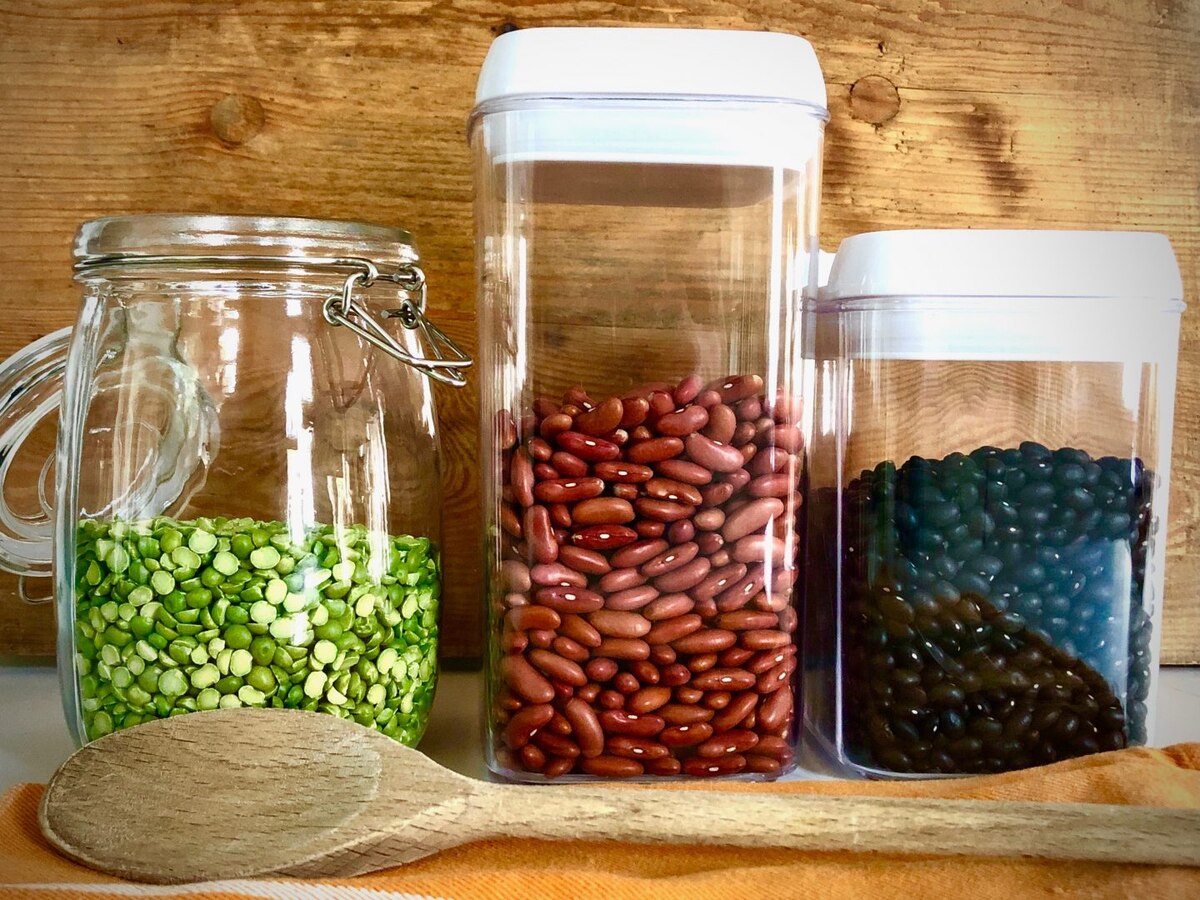




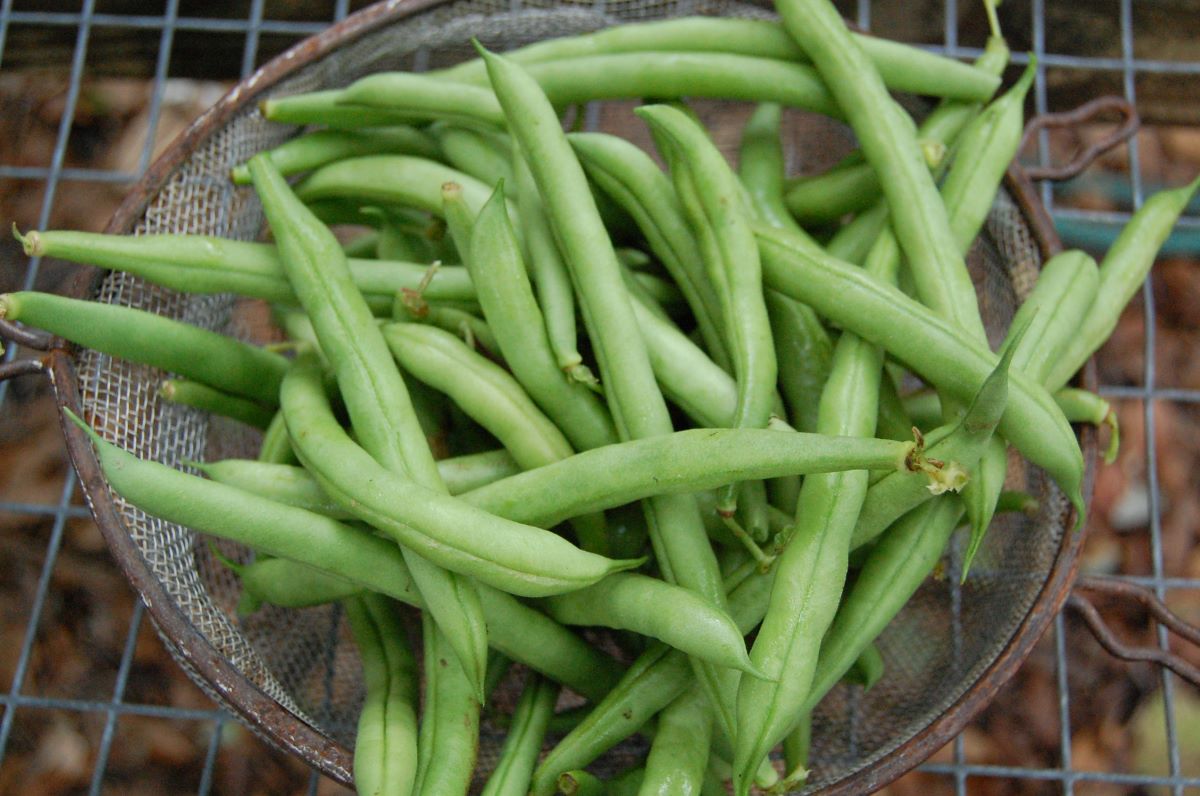
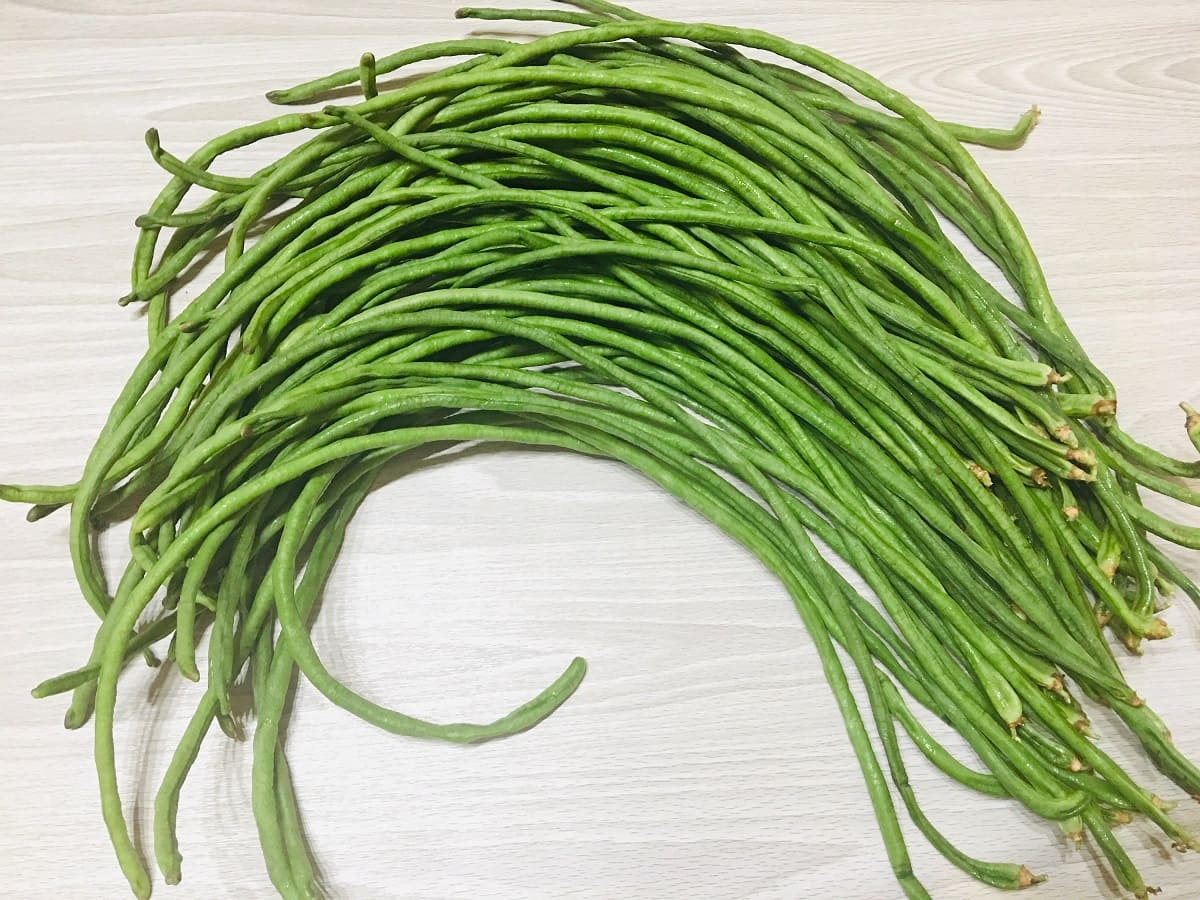


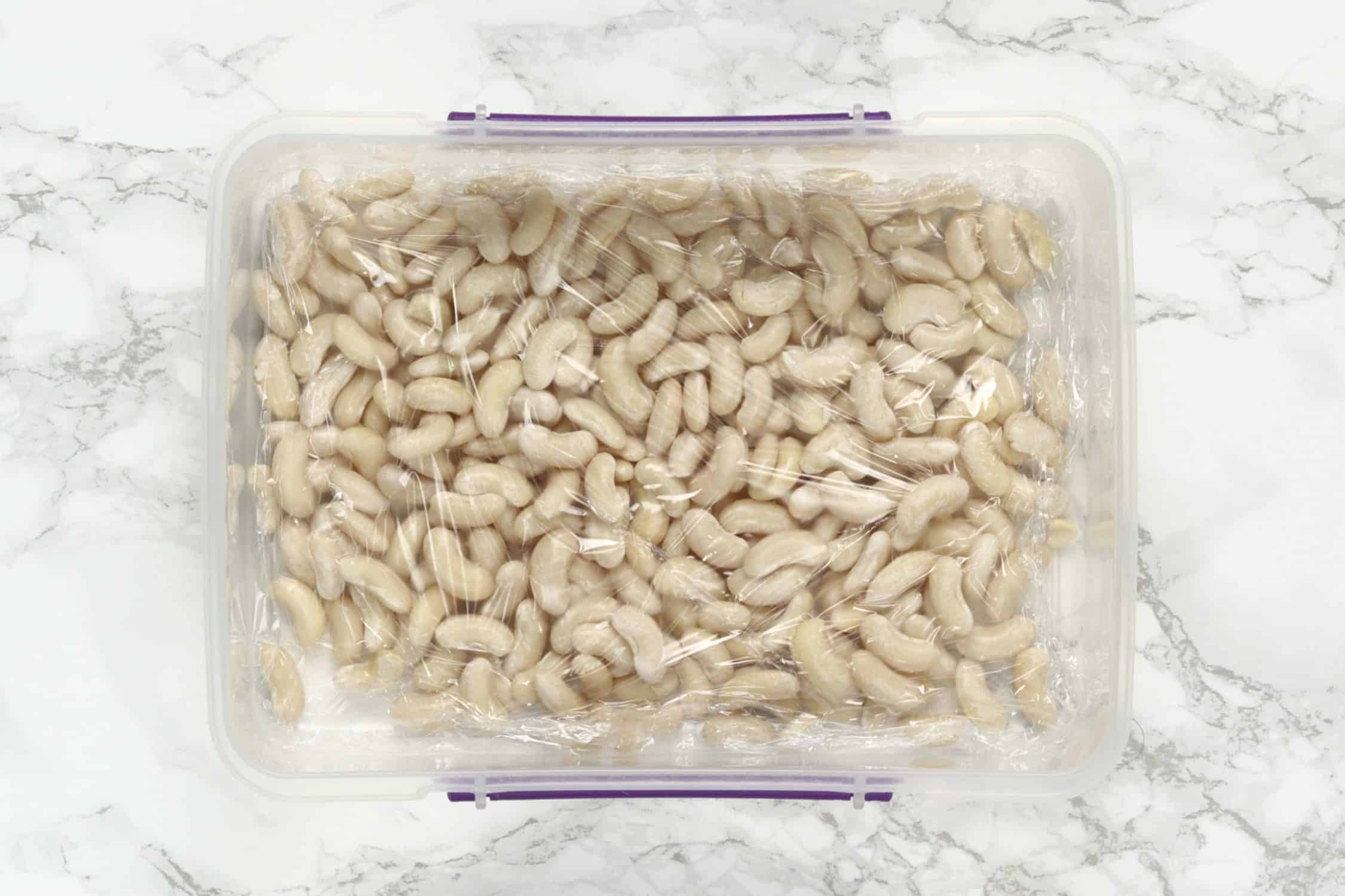


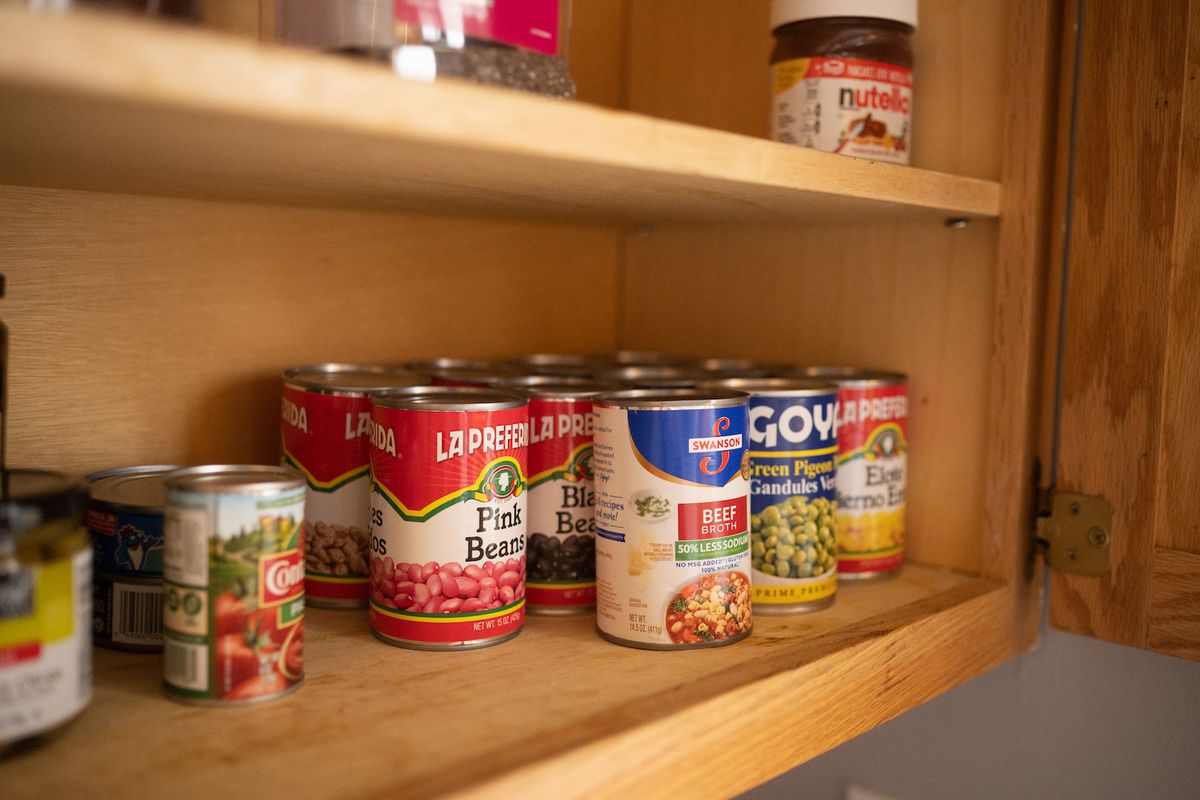

0 thoughts on “How To Store Beans And Rice”